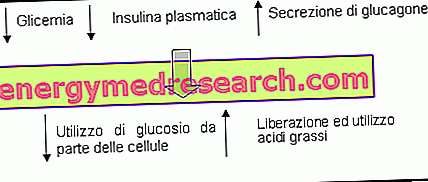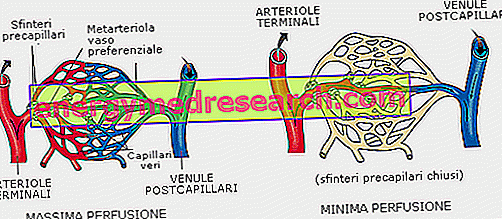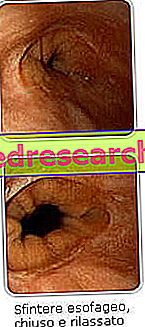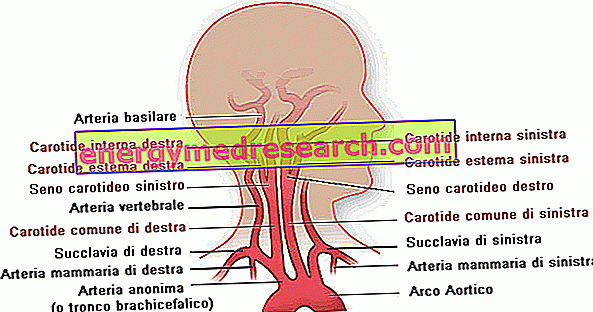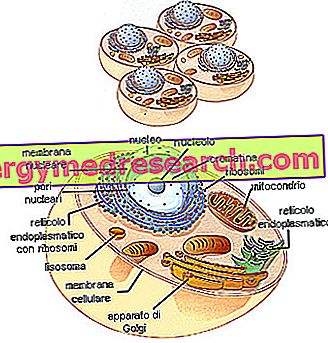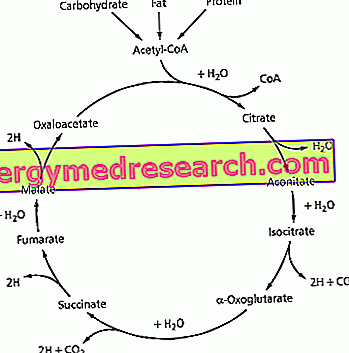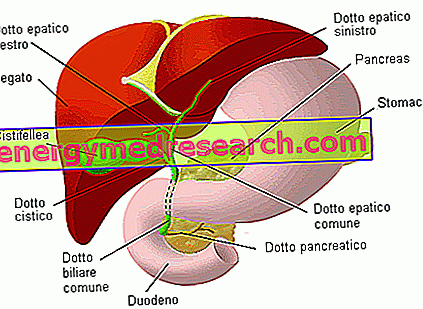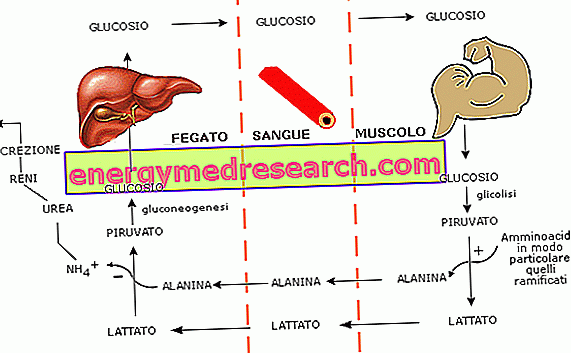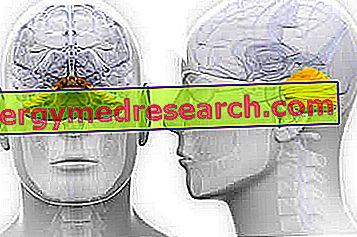How it is produced, how it acts and how to increase its secretion in a natural way GH or somatotropic hormone is a protein (a linear peptide composed of 191 amino acids) produced by the somatotropic cells of the anterior pituitary. It has pulsatile secretion with more frequent and wider peaks in the first hours of sleep
Category physiology
Generality The nipple is a conical or cylindrical protrusion located at the apex of the breast . This structure represents the point where the glandular (or galactophore) ducts flow together, to open up to the external surface of the body. The nipple is hyperpigmented and has a soft and elastic consistency
Blood capillaries are responsible for metabolic exchanges between blood and interstitial fluid (a fluid that surrounds the cells). These small vessels have extremely thin walls that allow the continuous passage, in both directions, of gases, nutrients and metabolites. In order for these exchanges to take place it is important that the blood stream travels them at low speed and that its pressure, which is not excessive, remains within rather narrow ranges
The cardia is the anatomical region of connection between the esophagus and stomach, normally located in the abdomen 2 to 4 cm below the diaphragm. Anatomically, the cardia is now considered part of the stomach. Immediately upstream of the cardia, the circular muscle fibers of the esophagus acquire sphincter action, meaning that in resting conditions they become contracted, while they relax during belching, the descent of food into the stomach and its rise during vomiting; in the other phases of the digestive process, on the other hand, this functional sphincter remains closed and contracted, t
Generality Carotids are two large arterial vessels in the neck, whose branches supply the central nervous system and facial structures. A right carotid artery and a left carotid artery are distinguished, respectively. Like the vertebral arteries, they have the function of bringing blood to the brain
Introduction and basic concepts CARBOHYDRATES (or glucides): these are sugars; they are tertiary compounds (consisting of only three elements: carbon, hydrogen and oxygen). They represent an energy reserve and are the starting point for the production of other organic compounds. LIPIDS: they are commonly called fats and are also reserve substances and are constituents of cellular structures
Muscle growth is an extremely complicated process that in some aspects still needs to be clarified. The volume of our muscles is in fact regulated by numerous factors such as genes, hormones, enzymes, cells, macro and micronutrients, receptors, etc. The term universally accepted to describe the phenomenon of muscle growth is "hypertrophy"
The krebs cycle is also called the tricarboxylic acid cycle and uses as starting metabolite acetyl coezime A, which is obtained by the action of pyruvate dehydrogenase on the pyruvate produced by glycolysis. ATP and reducing power are obtained from the krebs cycle; the reducing power is sent to the respiratory chain where NADH and FADH2 are oxidized to NAD + and FAD respectively: the reducing power is transferred, along the respiratory chain, to coupling systems from which further ATP is produced
The gallbladder or gallbladder is an organ of the digestive system responsible for the accumulation and concentration of bile, a yellow-greenish liquid produced by the liver in order to facilitate the digestion and absorption of fats and fat-soluble vitamins, and neutralize the acidity of the chyme coming from the stomach
See also: Beta-alanine During exercise, the glucose-alanine cycle is a very important metabolic pathway, which allows the liver to extract glucose from an amino acid, alanine, from the active muscle. An intense and prolonged physical effort leads to the depletion of glucose levels in the blood and to an increase in the blood concentration of lactic acid
Generality The cerebellum is an important region of the brain, so it is an element of the so-called central nervous system. Egg-shaped and weighing about 130-140 grams, the cerebellum resides in the posterior part of the brain, protected by a structure known as posterior cranial fossa. In the cerebellum two lateral expansions are recognizable, with respect to a central median line; the expansions are called cerebellar hemispheres, while the central midline is the so-called vermis

